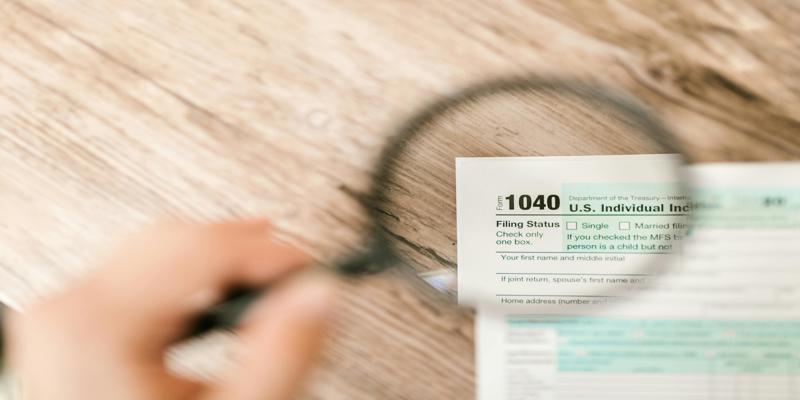Pre-Foreclosure: What Homeowners and Buyers Need to Know
When finances are tight, missing mortgage payments can quickly get you into the red and at risk of foreclosure. That critical window in pre-foreclosure is the window of opportunity for homeowners in distress to succeed. This overlooked and misunderstood phase is a lifeline for struggling homeowners or a chance for real estate investors.

In this article, we will see what Pre-Foreclosure really is, how it happens, and what it means to homeowners, lenders, and prospective buyers. Pre-Foreclosure in the Real Estate Market is a critical concept if you are a homeowner who wants to avoid foreclosure or a buyer looking for a possible bargain.
What is Pre-Foreclosure?

The first step in the foreclosure process is called Pre-Foreclosure. This starts when a homeowner neglects to pay a mortgage payment a couple of times, and the lender notifies the homeowner about the delinquency. Pre-foreclosure is the period of grace between the time when a lender can legally take possession of a property. It gives the homeowner time to play catch up, negotiate another arrangement, or even sell the property to avoid a full foreclosure. The home stays in the homeowner's name during this time, and the homeowner can still attempt to fix their financial situation.
This phase serves as a buffer for both homeowners and lenders. For homeowners, its a period to assess options and attempt a financial comeback. For lenders, Pre-Foreclosure is a chance to work with homeowners to recoup unpaid amounts without having to undergo a lengthy and costly foreclosure process. In most cases, the Pre-Foreclosure period lasts between three and six months, but this can vary depending on the lenders policies and state laws.
The Pre-Foreclosure Process Explained

Pre-foreclosure involves several stages, each with specific requirements and timeframes that allow homeowners and lenders to work through possible solutions.
Missed Payments and Notice of Default
The process begins when a homeowner misses one or more mortgage payments. Generally, lenders will send reminders or notices after the first missed payment, but formal Pre-Foreclosure typically starts on the second or third missed payment. At this stage, the lender issues a Notice of Default, a formal notification that the loan is delinquent and that the borrower is at risk of foreclosure if the debt isn't addressed. This notice becomes part of the public record, notifying potential buyers and real estate investors of the home's Pre-Foreclosure status.
Negotiation and Possible Solutions
Once the Notice of Default is issued, homeowners enter a grace period where they can try to work with their lender. During this time, several options are on the table:
Repayment Plans: If the homeowner can make regular payments, they may negotiate a repayment plan that allows them to catch up on missed payments over time.
Loan Modification: Some lenders are open to restructuring the mortgage terms, potentially lowering monthly payments or extending the loan term to make the debt more manageable.
Forbearance: For temporary hardships, lenders may offer forbearance, which temporarily pauses payments or reduces them, giving homeowners time to recover financially.
These solutions can help homeowners resolve their delinquency without losing their homes, though lenders may impose certain conditions to grant these options.
Sale of the Property
If loan restructuring or repayment isn't feasible, some homeowners opt to sell their property to avoid foreclosure. Selling during Pre-Foreclosure allows the homeowner to repay the mortgage and potentially salvage any remaining equity. The property is often sold through a real estate agent or as a short sale, where the home is sold for less than the remaining loan balance but with lender approval. For many homeowners, this option helps prevent foreclosure from impacting their credit score as severely as a full foreclosure would.
Impact on Homeowners and Buyers
Pre-foreclosure can be a double-edged sword for homeowners and a unique opportunity for buyers. Understanding the impact from both perspectives reveals why Pre-Foreclosures can significantly shape the Real Estate Market.
Pre-foreclosure can be an emotionally and financially challenging period for homeowners. However, it offers an opportunity to negotiate with the lender, sell the home, or explore other options to protect their financial future. The consequences of foreclosure on a homeowners credit score can be severe, leading to years of difficulty obtaining credit.
By resolving the issue during Pre-Foreclosure, homeowners can reduce the long-term damage to their financial health. Additionally, many homeowners appreciate the chance to sell the home on their terms rather than lose it through a forced foreclosure auction.
How to Buy a Pre-Foreclosure Property?
If youre a potential buyer, purchasing a Pre-Foreclosure home can be complex but rewarding if done right. Here are the key steps involved:
Identify Pre-Foreclosure Properties
Pre-foreclosure properties can be identified through public records, online listings, or local real estate agents who specialize in distressed properties. Notices of Default are public records, so checking local government databases can help you locate Pre-Foreclosure properties in your area.
Contact the Homeowner
Unlike traditional sales, Pre-Foreclosure purchases often require direct contact with the homeowner. Approach them with a respectful and empathetic approach, understanding that they are likely going through a challenging time. If the homeowner is willing, you can discuss their situation and propose a potential sale.
Negotiate with the Lender
In many cases, especially for short sales, you may need to negotiate with the lender. This is particularly true if the sale price is less than the amount owed on the mortgage. Lenders may be open to accepting less than the total loan balance to avoid foreclosure costs, but negotiations can take time and often require legal and financial expertise.
Conclusion
Pre-foreclosure represents both a challenge and an opportunity. For homeowners, its a second chance to resolve financial difficulties, either by catching up on payments or selling the property before foreclosure. For buyers, Pre-Foreclosure properties can be a valuable entry into the Real Estate Market at a reduced price. However, the process requires patience, understanding, and, often, professional guidance.












